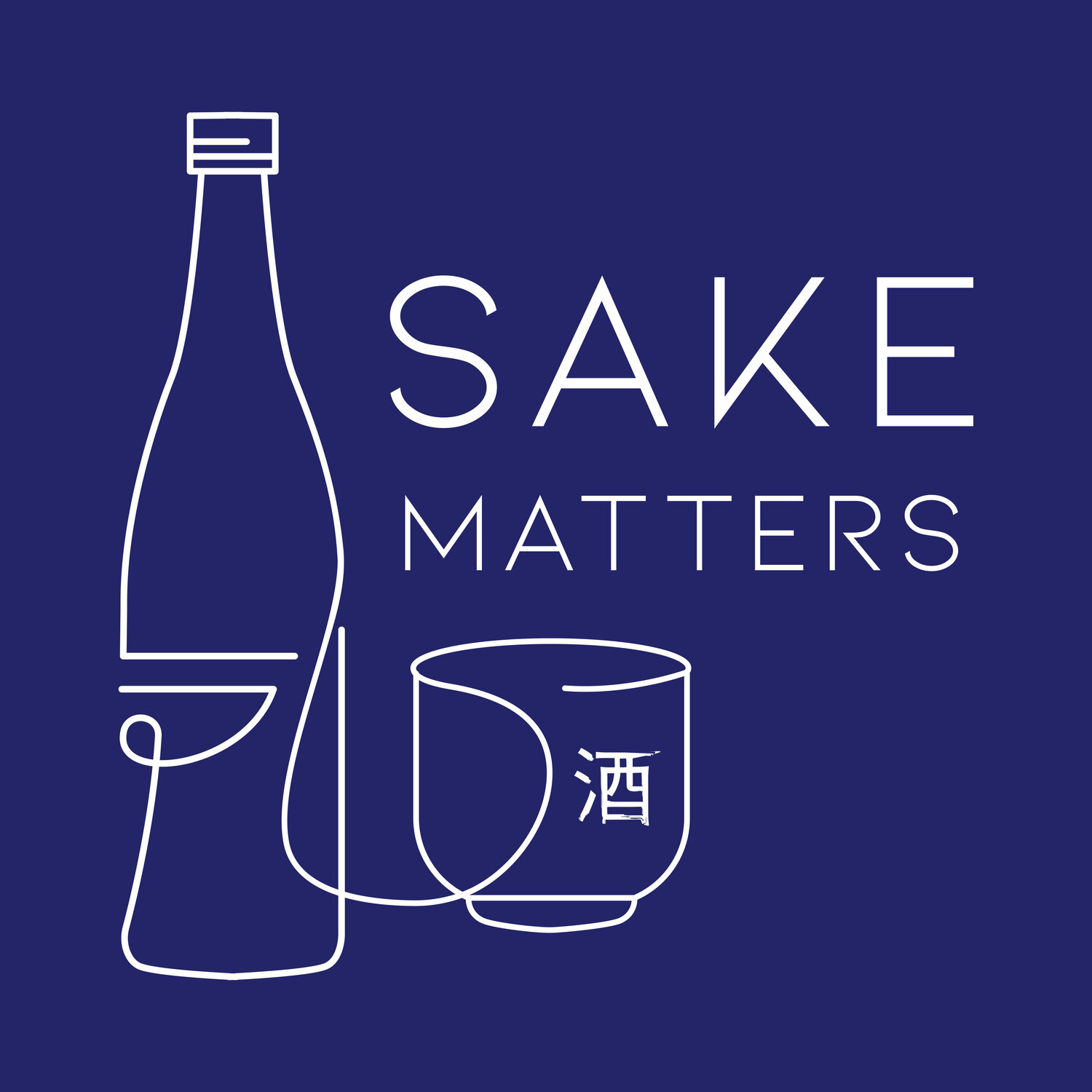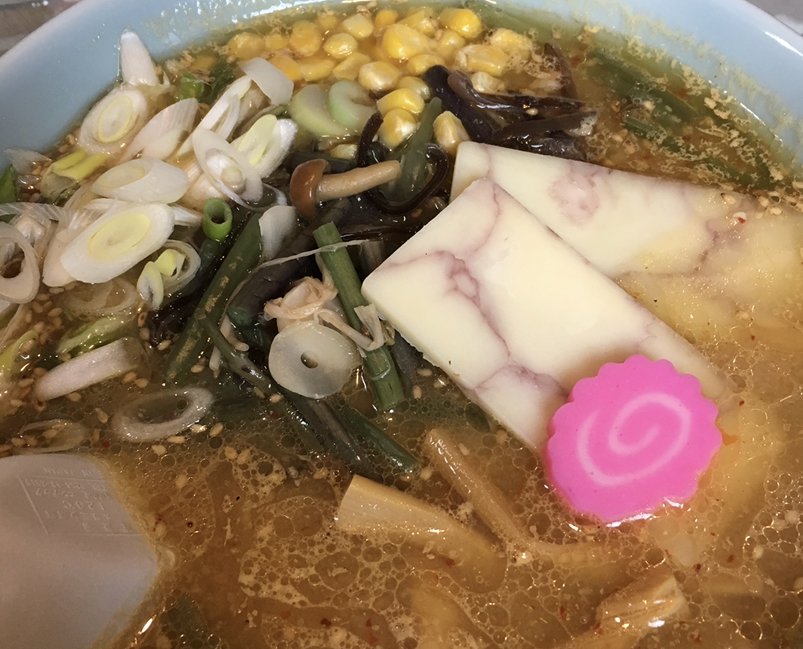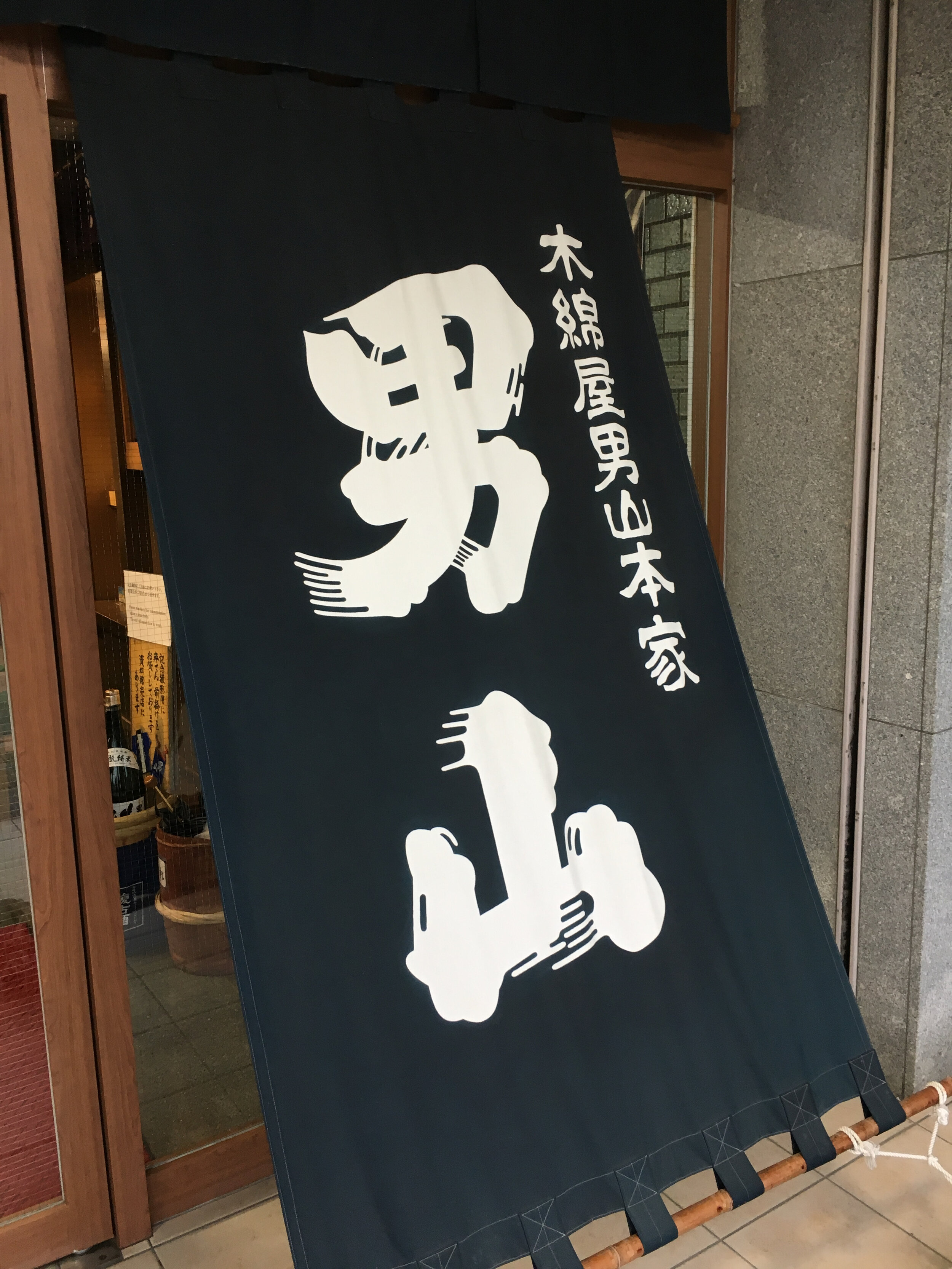NORTHERN STAR
Happy World Sake Day everyone for 1 October! Please be sure to Kanpai all the hardworking folk in the industry around the world.
This is a timely Sake review to celebrate one of the enduring greats, in my opinion, from Hokkaido.
Having essentially relegated ourselves from the main chunk of Kyushu for a brilliant trip to Kagoshima’s super southerly island of Yakushima a few years back, it seemed only sensible to take a look at the other end of Japan for the next visit. Famed for its bears, beers and fabulous skiing, what better place could there be to head to for a budding Sake enthusiast…outside of brewing season in late May?
Just a marathon 26 miles or so south of Russian soil, Hokkaido’s climate is bracing, even in the early Summer, but some clear days would bring a decent sun warmth making exploring this Prefecture a huge pleasure, and allowing for significant hunger to be generated to hoover up plenty of island cuisine, not least these legendary noodles enjoyed Hokkaido style with the traditional addition of a couple of decent cheese rafts floated out atop the broth. Well, we’re in Japan’s dairy country after all.
Forget the fat, think of the calcium
Although winter’s famed powder snow was gone, there would still be enough icey patches for a butt-numbing sledge down a small piste up on the spectacular slopes around Daisetsuzan Asahidake, the highest summit in Hokkaido.
Now this was a few good years back now and Sake was just part of the agenda for any Japan trip and at that time, coming from Shanghai, the prospect of swapping out one megacity in China for another in Japan had a little less appeal. It was all about fresh air, nature and if a decent Sake was in the mix then all the better for it.
But let’s put the trip nostalgia to one side as the real point of this article is to revisit the Sake of Otokoyama Shuzo, in fact one of their Sakes in particular, that at the time seemed to be a step ahead of pretty much all that had come before.
Having recently picked up a bottle here in Hong Kong at what for once seemed like a fairly reasonable price tag, it was time to see what my more experienced Sake palate would make of the ambrosial Sake that I had cemented in my memory.
And here it is, Otokoyama’s top bottle. Their Junmai Daiginjo is polished to a credit crunching 38%, significantly below the category minimum of 50%, and is 100% Yamada Nishiki from Hyogo. I hope they’re generating some revenue from the white gold of all that Nuka.
Certainly from the outside, you wouldn’t expect too much from Otokoyama. Its 1970s 3-floor greyish architecture hides the brewery proper behind it but regardless, first impressions are a big step away from the rickety woodcraft of a more traditional one storey brewery. To get to the car park it’s a turn off the busy arrow straight Route 39 that bisects Asahikawa, Hokkaido’s second largest city. Not a lot of rice fields in sight.
It ain’t pretty as you screech in across the oncoming traffic but up close the 男山 branded komodarus, little garden and trickle of the Water of Longevity, the same water used in the brewing process from Daisetsuzan, out front soften the industrial film set a little.
In stark contrast, inside the building it’s very nice with a pleasant tasting space, a gentle little Sake ‘how to’ movie on a loop and plenty of Edo period brewing paraphernalia. Unlucky designated drivers are quickly stickered and relegated to drooling only, quite an effective measure actually, and a good souvenir for the trip scrapbook.
The Sake itself is a little olive oil in colour and does have a little ricey aroma but there’s the distinctive melon and banana fruit, and a little funkiness. This is a Daiginjo giveaway to me, and all but impossible to describe, plus there’s almond and marzipan too. This might be explained by the fact the bottle was at the end of its drinking window, having been shipped last summer, but it certainly wasn’t any kind of spoiler.
And it goes on, this is a Daiginjo that keeps giving which isn’t necessarily textbook, but there’s a hint of aniseed, the kind you get with old-school hard-boiled sweets from the depths of your Granny’s handbag. Or is it cloves, or both? Touch of vanilla even and to make it truly a 1980s classic I found some bubblegum and Cherry Coke there too.
But all through, whatever you’re tasting, it’s silky, elegant and classy. The environment may be harsh up here but it makes for great low temperature slow fermentation, and the resulting Sakes are accordingly light, pure and smooth.
Speaking of smooth, the bottle’s opaque matt green glass is just a nice little tactile bonus but it’s the contents of the bottle that does all the talking.
I’m sure you can see why I like it. And yes, I’m pleased to say I still love it. It makes me smile.
I even rather like the slightly naff packaging with the glitzy gold foiled lettering and semi-amusing phallic kanji of 山 yama, which alongside the cheeky 男 seem to have go faster stripes as they dash off the label top right. It all certainly singles this bottle out from other would be superstars on shelf and adds to the celebration and status of this Sake.
The sash label is unapologetic in screaming NATURALLY PURE DAI GINJO / 純米大吟醸 and there’s plenty of unintelligible Japanese elsewhere on the bottle to maintain that authentic allure and mystique to this mythical beverage. Otokoyama then puts this glamrock bottle in a faux silky lined box and the glitz gets dialled up further still.
Looking back at that Hokkaido trip, perhaps it was because we rocked up in the snowmelt with no real pressures or expectations to find amazing Sake, believing that the true raison for the vacation was to immerse ourselves in a wilderness slowly defrosting from Spring into Summer, avoiding its hungry wildlife armed with just a cute bear bell, and ready to gorge on Hokkaido’s ozone seafood.
In hindsight tasting this stuff for the first time, something that is so unmistakably Daiginjo and clearly special, was perhaps a real milestone in my Sake adventure. It was head and shoulders above anything tried prior to that. And I’m pleased to say it still is right up there for me. It’s just nowadays it’s sitting in some other very fine company.
FOOTNOTE:
Please do raise something - a glass, ochoko, guinomi, whatever - this World Sake Day and here’s to a less distanced one in 2021.
QUICK GLOSSARY:
Shuzo: Sake brewery. Often added to the company name e.g. Morikawa Shuzo
Junmai 純米: Sake made using only rice, water, yeast and koji – no added alcohol (純: pure; 米: rice)
Daiginjo 大吟醸: Sake made from rice at a polishing ratio below 50%
Nuka: The powdered rice residue created during polishing
Komodaru: Wooden barrel designed to transport sake during the Edo period. The taru (wooden barrel part) is wrapped with a straw mat or komo, and then tied with rope
LINKS:
Otokoyama Co., Ltd.
www.otokoyama.com
7-1-33, Nagayama 2-jo, Asahikawa-shi, Hokkaido, 079-8412
info@otokoyama.com











